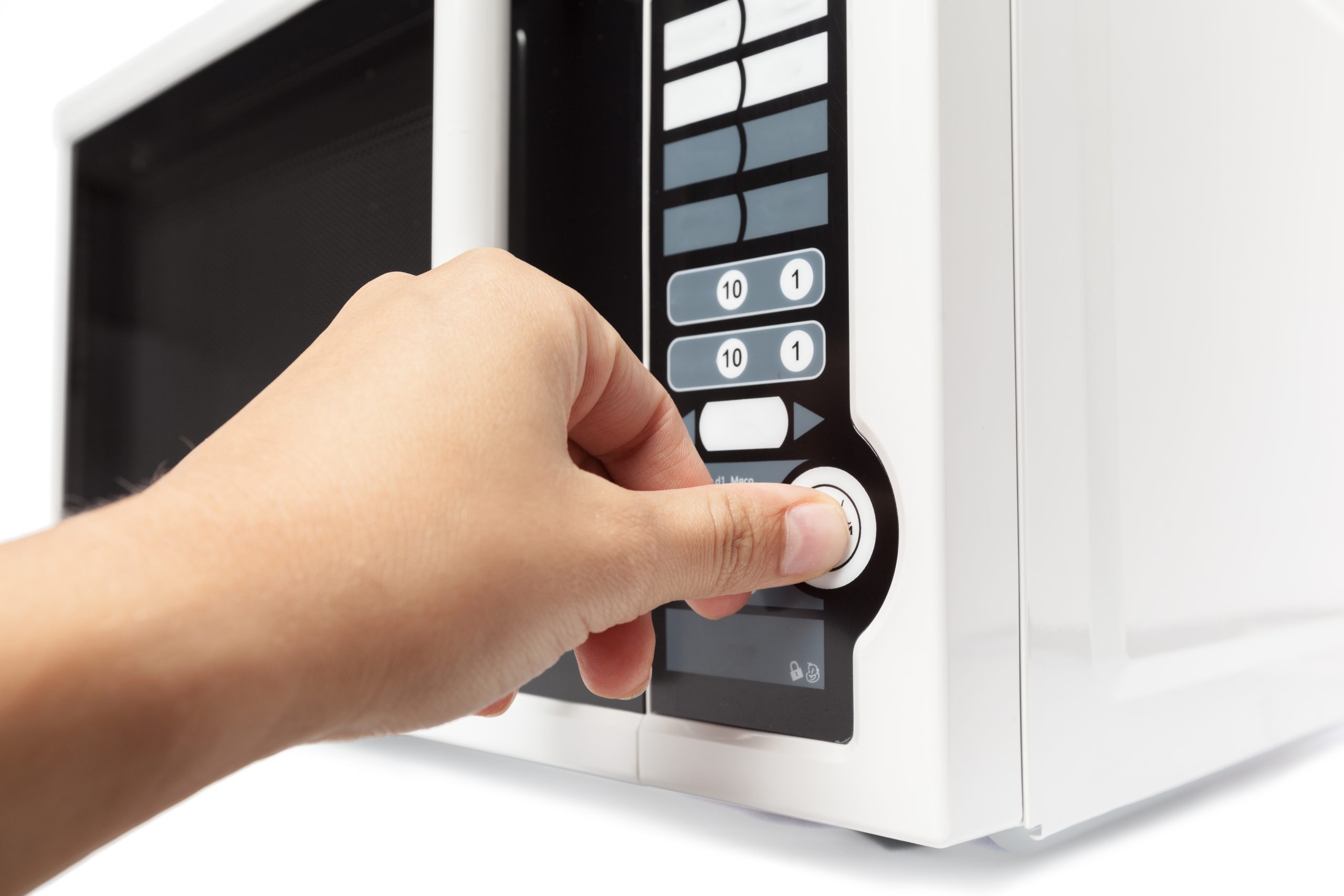Cooking is something most of us do everyday, that’s why looking at it to save energy can be a great saver! This post is part of a series of three, expect more tips next coming weeks! Use my tips below and you’ll be able to save a great deal of energy.
Microwave and oven
- Methods of cooking that minimize the area the must be heated (a toaster oven versus an oven, for example) save energy. On the other hand, sometimes the most efficient cooking methods (like the microwave) will sacrifice food quality. The trick is to find the right balance, or an appliance explicitly designed for a particular type of meal (crockpot, rice-cooker, etc).
- Using glass or ceramic pans in ovens allows you to reduce cooking temperature by 25°F with no extra time required.
- Microwaves operate better when the interior is clean. Spills will absorb energy waves just as readily as the cooking food.
- Convection ovens are usually more energy efficient than conventional ovens because the heated air is continuously circulated around the food being cooked, reducing required temperature and cooking times. On average, you’ll cut energy use by about 20%.
Cooking
- There are three types of gas burners available: conventional burners with standing pilots, conventional burners with electric ignition (the most common), and sealed burners, where the burner is fused to the cooktop. Standing pilots can more than double the annual energy consumption of your cooktop or range and should be avoided. When comparing sealed to unsealed burners, there is no measurable difference in cooking efficiency, although sealed burners are simpler and easier to clean.
- With electric cooktops, a number of different burner types are available, in order of increasing efficiency (and cost): solid disk,exposed coil (the most common type), radiant, halogen, or induction elements. Unless you do a lot of cooking, it is probably hard to justify the fancier cooktop technologies on energy savings alone. It would probably be most cost-effective to stick with an electric coil or radiant element and put your money into better cookware.
- The ideal pan has a slightly concave bottom — when it heats up, the metal expands and the bottom flattens out. An electric element is significantly less efficient if the pan does not have good contact with the element. For example, boiling water for pasta could use 50% more energy on a cheap, warped-bottom pan compared to a flat-bottom pan.
